As we step into the new year, it’s essential for businesses and individuals alike to stay ahead of the curve when it comes to web design trends. With the rapid evolution of technology and changing user behaviors, what worked yesterday may not work today. In this article, we’ll delve into the top web design trends for 2024, exploring emerging technologies, their impact on website design, and the latest developments in web development.
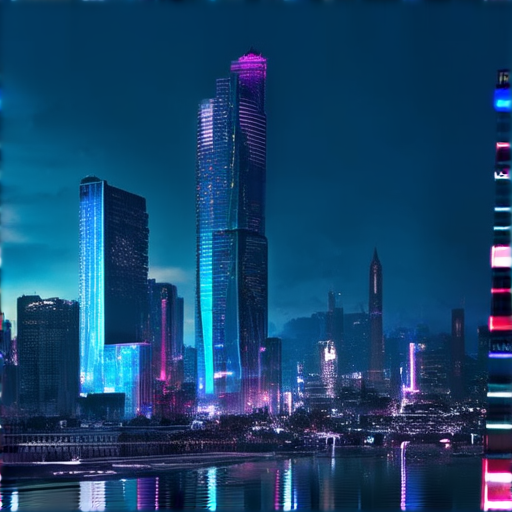
Trends for Web Design 2025
The year 2025 is expected to bring significant changes in web design trends, focusing on user experience, accessibility, and sustainability.
- Minimalism and Simplicity: With the rise of mobile devices, minimalistic designs will continue to dominate the web, emphasizing simplicity, clean typography, and ample white space.
- Sustainable Design: As consumers become increasingly environmentally conscious, sustainable design principles will gain traction, incorporating eco-friendly materials, energy-efficient coding, and responsible digital waste management.
- Accessibility and Inclusivity: Web designers will prioritize accessibility features, such as high contrast modes, closed captions, and screen reader compatibility, to cater to diverse user needs and promote inclusivity.
- Artificial Intelligence (AI) Integration: AI-powered tools will revolutionize web design, enabling automated tasks, personalized experiences, and real-time feedback loops.
- Virtual Reality (VR) and Augmented Reality (AR): VR and AR technologies will become more prevalent, transforming the web into immersive, interactive environments that blur the lines between physical and digital spaces.
- Dark Mode and High Contrast Modes: Dark mode and high contrast modes will continue to gain popularity, reducing eye strain and improving readability, particularly for users with visual impairments.
- Micro-Interactions and Animations: Micro-interactions and animations will play a crucial role in enhancing user engagement, guiding attention, and conveying meaning through subtle visual cues.
- Responsive Design and Mobile-First Approach: Responsive design and mobile-first approaches will remain essential, ensuring seamless experiences across various devices, screen sizes, and orientations.
- WebAssembly and Progressive Web Apps (PWAs): WebAssembly and PWAs will continue to evolve, offering improved performance, security, and offline capabilities, further blurring the lines between web and native applications.
- Content Creation and Storytelling: Effective content creation and storytelling will become increasingly important, leveraging multimedia elements, interactive narratives, and immersive experiences to captivate audiences and convey complex ideas.
In conclusion, the web design landscape in 2025 will be shaped by emerging trends, technological advancements, and shifting user behaviors, requiring designers to adapt, innovate, and push the boundaries of what is possible online.
Web Development Trends in 2024
The year 2024 brings exciting advancements in web development, focusing on user experience, accessibility, and efficiency.
-
Augmented Reality (AR) Integration
AR technology continues to gain traction, enabling developers to create immersive experiences for users.
-
Progressive Web Apps (PWAs)
PWAs offer fast, reliable, and engaging mobile experiences, making them a popular choice for businesses.
-
Serverless Architecture
Serverless computing reduces infrastructure costs and enhances scalability, allowing developers to focus on innovation.
-
Dark Mode and Animated UIs
Dark mode and animated UIs enhance user engagement and provide a unique visual identity for applications.
-
Artificial Intelligence (AI) Features
AI-powered tools and services streamline development processes, improve user interactions, and drive business growth.
-
Headless CMS
Headless CMS decouples content management from presentation layers, offering greater flexibility and customization options.
-
WebAssembly (WASM)
WASM enables developers to run code written in languages like C++ and Rust in web browsers, expanding possibilities for high-performance applications.
-
Accessibility and Inclusive Design
Developers prioritize accessibility and inclusive design, ensuring that websites and applications cater to diverse user needs.
-
Real-Time Data and Analytics
Real-time data and analytics enable businesses to make informed decisions, optimize operations, and deliver personalized experiences.
-
Security and Compliance
Developers emphasize security and compliance, protecting sensitive data and ensuring regulatory adherence.
By embracing these trends, developers can create innovative, user-centric, and efficient web solutions that drive business success and user satisfaction.
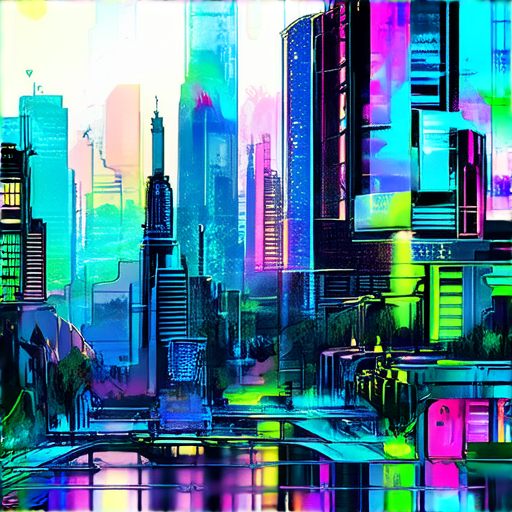
The Best Layout Design for 2024
In 2024, website layouts have evolved to become more sophisticated and user-friendly.
- Single Column Layout: A timeless favorite, the single-column layout remains a popular choice due to its simplicity and ease of navigation.
- Magazine Layout: Dynamic and visually appealing, the magazine layout combines imagery, text, and multimedia to create an immersive user experience.
- Split Screen Layout: Perfect for showcasing two contrasting ideas or products, the split-screen layout adds a touch of modernity to any website.
- Full Width Image Background: Ideal for creative industries, the full-width image background creates a stunning visual impact and draws attention to the website’s content.
- Minimalist Layout: Emphasizing simplicity and clean design, the minimalist layout is perfect for businesses that want to convey a sense of professionalism and sophistication.
When choosing the best layout design for 2024, consider factors such as your target audience, brand identity, and content type.
- Know Your Audience: Understand your target audience’s preferences and behaviors to create a layout that resonates with them.
- Reflect Your Brand Identity: Ensure your website’s layout aligns with your brand’s values, mission, and aesthetic.
- Content Type Matters: Choose a layout that complements your content type, whether it’s blog posts, product descriptions, or services offered.
By considering these factors and selecting the right layout design, you can create a website that engages, informs, and converts visitors into customers.
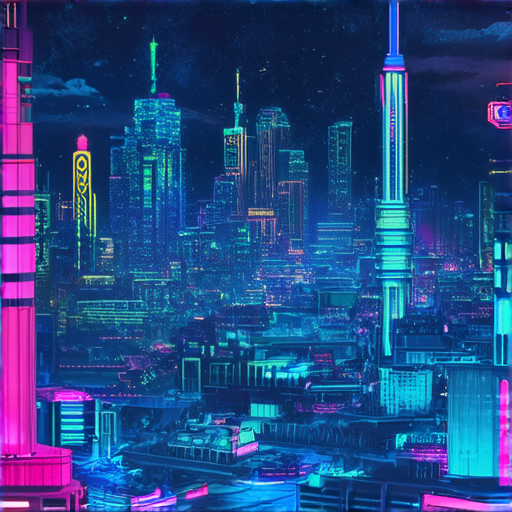
Understanding Dark Mode in Web Design Trends 2024
Dark mode has become a popular trend in web design, offering several benefits for users and designers alike.
- Improved Readability: Dark mode reduces eye strain by minimizing the brightness of the screen, allowing users to focus on the content without distractions.
- Increased User Engagement: By directing attention to specific elements on a webpage, dark mode encourages users to interact with the content, leading to increased engagement and better user experience.
- Enhanced Visual Hierarchy: Dark mode helps establish a clear visual hierarchy by contrasting light and dark colors, making it easier for users to understand the layout and navigation of a website.
Benefits of Implementing Dark Mode
- Reduced Power Consumption: Dark mode can significantly reduce power consumption, making it an eco-friendly option for users who want to minimize their carbon footprint.
- Improved Accessibility: Dark mode can be beneficial for users with visual impairments, as it reduces glare and makes it easier to read content.
- Increased Brand Recognition: By incorporating dark mode into their design, businesses can differentiate themselves from competitors and create a unique brand identity.
Best Practices for Implementing Dark Mode
- Contrasting Colors: Use contrasting colors to create a visually appealing and easy-to-read design.
- Consistent Layout: Maintain a consistent layout and navigation to ensure a seamless user experience.
- User Preferences: Allow users to switch between light and dark modes to accommodate individual preferences.
Conclusion
Dark mode is a valuable addition to web design trends 2024, offering numerous benefits for users and designers. By understanding its advantages and implementing best practices, businesses can create a unique and engaging user experience that sets them apart from competitors.
Is Dark Mode Still Popular?
As we navigate through the digital landscape, one trend that has gained significant attention in recent years is dark mode.
- In 2021, Chrome Platform Status reported that users with the “prefer dark” setting accounted for 22% of web traffic.
- A study conducted by Formsapp revealed that 81.9% of 2,500 Android users preferred dark mode on their devices, whether it was for phone usage, apps, or other situations.
LinkedIn observed that 99% of users alternate between light and dark settings, indicating a growing preference for customizable interfaces.
- The increasing adoption of dark mode can be attributed to several factors, including:
- Improved battery life on devices with OLED screens;
- Reduced eye strain and improved visual comfort;
- Personalization and customization options;
- Brand identity and aesthetic appeal.
While dark mode remains a popular choice among users, its popularity may be waning slightly due to various reasons, such as:
- Increased energy efficiency concerns;
- Limited availability of dark mode support on certain platforms;
- User fatigue and decreased novelty factor.
However, the demand for dark mode continues to grow, driven by user preferences and technological advancements.
As a result, developers and designers must consider incorporating dark mode options into their products and services to cater to the evolving needs of their users.
By doing so, they can enhance user experience, increase engagement, and stay competitive in the market.
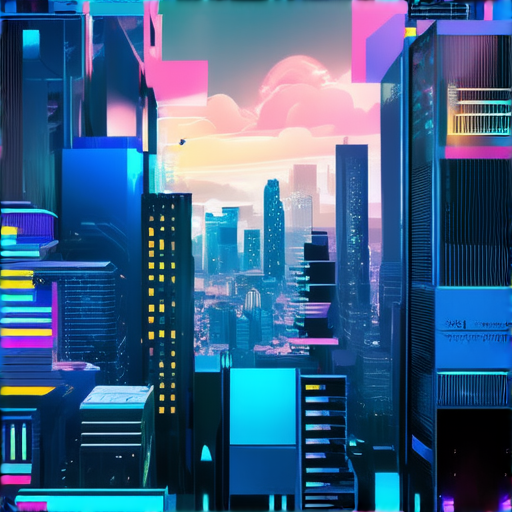
What is Dark Web Mode?
The term “dark web” often conjures images of illicit activities and anonymity, but what exactly does it mean?
- Definition: The dark web refers to a portion of the internet that is intentionally hidden from public view.
- Characteristics: Websites on the dark web use encryption and special software to mask their IP addresses, making them inaccessible through traditional search engines like Google.
How Does Dark Web Mode Work?
- Encryption: Data transmitted between a user’s browser and a dark web website is encrypted, protecting user identities and online activities.
- Anonymity: Users can browse the dark web anonymously, hiding their IP addresses and locations from third-party observers.
- Access: To access the dark web, users need specialized software, such as Tor Browser, which routes traffic through a network of volunteer-operated servers.
Dark Web Mode in Browsers
Some browsers offer a “dark web mode” or similar feature, which allows users to access the dark web securely and privately.
- Tor Browser: A popular choice for accessing the dark web, Tor Browser uses onion routing to encrypt and anonymize user traffic.
- Brave Browser: Brave Browser offers a built-in Tor feature, allowing users to access the dark web with added security and privacy features.
Caution and Best Practices
While dark web mode can provide increased security and anonymity, users should exercise caution when browsing the dark web.
- Risk of Malware: Dark web websites may host malware or phishing scams, putting users’ devices and personal data at risk.
- Illicit Activities: The dark web is known for hosting illicit activities, such as illegal marketplaces and hacking forums.
Users should always take necessary precautions when accessing the dark web, including using reputable antivirus software and staying informed about potential risks and threats.
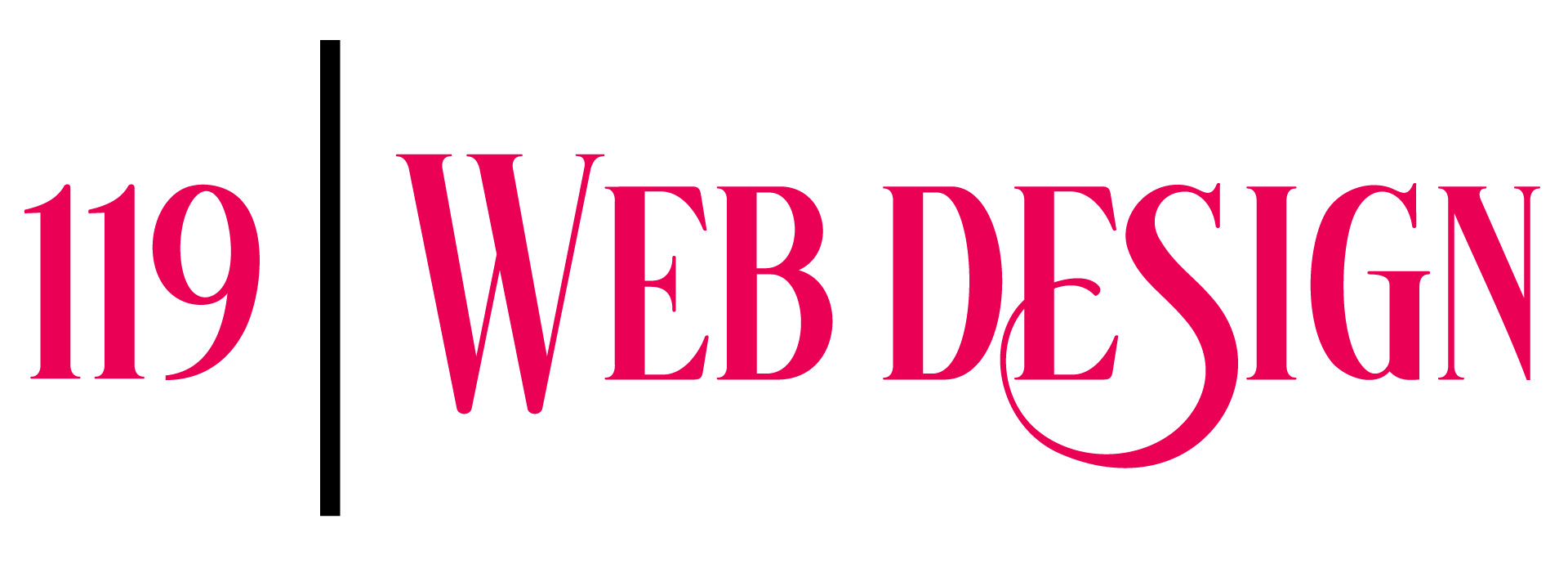
0 Comments